 2018 Hyundai i20 II (GB facelift 2018) Dimensions, Size & Specs
2018 Hyundai i20 II (GB facelift 2018) Dimensions, Size & SpecsMeasurements of the 2018 Hyundai i20 II, engineered for optimal performance and comfort
| Dimensions | |
|---|---|
| Length: | 4035 mm158.9 in13.2 ft |
| Width: | 1734 mm68.3 in5.7 ft |
| Width (Opened Mirrors): | 1985 mm78.1 in6.5 ft |
| Height: | 1474 mm58.0 in4.8 ft |
| Ground Clearance: | 140 mm5.5 in0.5 ft |
| Trunk Capacity: | 326 liter11.5 cu ft |
| Trunk Capacity (Max): | 1024 liter36.2 cu ft |
| Weight Specifications | |
| Curb Weight: | 1055-1185 kg2326-2612 lbs |
| Maximal permitted Weight: | 1580-1650 kg3483-3638 lbs |
| Roof Load: | 70 kg154 lbs |
| Tire Specifications | |
| Rims Sizes: | 15-inch rims:
|
| Tire Sizes: |
|
The Hyundai i20 II (GB facelift 2018) is a refined subcompact hatchback produced between 2018 and 2020, ideal for drivers seeking a practical and stylish urban vehicle. Measuring 4035 mm (158.9 inches) in length and 1734 mm (68.3 inches) in width, this model strikes a balance between compact maneuverability and interior comfort. Including the mirrors, the width extends to 1985 mm (78.1 inches), important for parking and city driving awareness. The height of the vehicle is 1474 mm (58.0 inches), which contributes to a low center of gravity enhancing driving dynamics.
This generation's curb weight ranges from 1055 to 1185 kg (2326 to 2613 lbs), making it lightweight enough for efficient fuel consumption while maintaining structural integrity and safety. Maximum permissible weight varies between 1580 and 1650 kg (3483 to 3638 lbs), supporting a good payload capacity for passengers and cargo. The ground clearance is 140 mm (5.5 inches), offering decent capability to handle uneven roads and speed bumps typical in urban environments.
The i20 II offers 326 liters (11.5 cubic feet) of luggage space with all seats in use, which expands significantly to 1024 liters (36.2 cubic feet) with the rear seats folded, providing versatile cargo solutions for various needs. The roof load capability stands at 70 kg (154 lbs), suitable for additional storage options like roof boxes or carriers.
This model runs on 15-inch (6.0J x 15) or 16-inch (6.0J x 16) rims fitted with tires sized 185/65 R15 or 195/55 R16 respectively, offering a good balance between comfort and handling. Overall, the Hyundai i20 II (GB facelift 2018) is a well-rounded hatchback that combines compact external dimensions with flexible interior space, making it a strong contender in the subcompact segment for city and suburban drivers.
Discover the standout features that make the 2018 Hyundai i20 II a leader in its class
Have a question? Please check our knowledgebase first.
The Hyundai i20 II (GB facelift 2018) hatchback measures 4035 mm (158.9 inches) in length, 1734 mm (68.3 inches) in width without mirrors, and 1985 mm (78.1 inches) in width with mirrors opened. The height of the vehicle is 1474 mm (58.0 inches), and it features a ground clearance (ride height) of 140 mm (5.5 inches). These dimensions position the i20 II as a compact and maneuverable city car, suitable for urban driving environments while providing a stable stance on the road.
The curb weight of the Hyundai i20 II facelift ranges between 1055 kg (2327 lbs) and 1185 kg (2613 lbs), depending on the variant and equipment level. Its maximum allowable weight is between 1580 kg (3483 lbs) and 1650 kg (3638 lbs), which considers the full gross vehicle weight including passengers, cargo, and fuel. This weight range ensures the car maintains good fuel efficiency and handling while offering adequate load capacity for daily use and family needs.
The Hyundai i20 II offers a practical luggage capacity of 326 liters (11.5 cubic feet) with the rear seats in the upright position, suitable for groceries, small suitcases, or shopping bags. When the rear seats are folded down, the cargo space expands significantly to 1024 liters (36.1 cubic feet), allowing for larger items like bicycles, strollers, or bulky equipment. This versatility makes the i20 an all-rounder for compact hatchback users needing good storage flexibility.
Yes, the Hyundai i20 II (GB facelift 2018) fits comfortably within a standard garage. Given its relatively compact dimensions — at 4035 mm (158.9 inches) in length and 1734 mm (68.3 inches) in width without mirrors, it easily accommodates common garage sizes which typically are around 2400 mm (94.5 inches) wide by 5000 mm (196.9 inches) deep. Even when you account for the mirrors opened width of 1985 mm (78.1 inches), it generally fits well with careful parking. Thus, owners can expect convenient indoor parking without spatial issues.
At 1734 mm (68.3 inches) wide excluding mirrors, the Hyundai i20 II sits comfortably within the typical width range for subcompact hatchbacks, which usually span from around 1680 mm to 1750 mm (66 to 69 inches). However, with mirrors opened, the width reaches 1985 mm (78.1 inches), which is slightly wider than some competitors. This is important for tight parking spaces since mirrors add significant width. Overall, while the vehicle’s body is compact, the mirror-open width should be considered when navigating narrow lanes or parking.
The Hyundai i20 II facelift features a ground clearance of 140 mm (5.5 inches), which is fairly standard for a compact hatchback. This clearance is sufficient for most urban driving conditions, allowing the vehicle to comfortably handle speed bumps, potholes, and uneven road surfaces commonly encountered in city and suburban environments. However, it is not designed for off-road use or extremely rough terrains, so drivers should exercise caution on dirt or gravel roads.
The Hyundai i20 II (GB facelift 2018) comes equipped with either 15-inch or 16-inch rims. The sizes are 6.0J x 15 and 6.0J x 16, depending on the variant. Tire sizes paired with these rims include 185/65 R15 and 195/55 R16, respectively. These tire specifications balance ride comfort, handling stability, and fuel efficiency, making them well-suited for city and highway driving in various conditions.
Compared to the first-generation Hyundai i20, the 2018 GB facelift model generally maintains a similar profile but with subtle refinement. The second-generation length at 4035 mm (158.9 inches) is close to the original first-gen which measured around 3995 mm (157.3 inches), indicating a slight increase in length providing additional cabin space. Width and height are also comparable, preserving the compact hatchback footprint. Weight adjustments are present due to added equipment and safety features, placing the facelift in the 1055–1185 kg (2327–2613 lbs) range, slightly heavier than earlier models. This evolution results in improved build quality and comfort without compromising ease of parking and city driving agility.
The Hyundai i20 II facelift competes well in the subcompact hatchback segment with dimensions and practicality similar to popular models like the Ford Fiesta and Volkswagen Polo. It offers comparable length (4035 mm/158.9 inches), width, and height to these competitors, ensuring competitive interior space and maneuverability. The luggage capacity of 326 liters (11.5 cubic feet) with seats up and 1024 liters (36.1 cubic feet) folded is on par or slightly better, making it versatile for daily needs. Weight-wise, the i20 is generally lighter than some rivals, aiding fuel efficiency. Furthermore, the i20 is noted for its good ride comfort and ease of maintenance, making it a practical choice in this highly contested segment.
The Hyundai i20 II (GB facelift 2018) has a maximum roof load capacity of 70 kg (154 lbs). This means it can safely carry additional cargo such as roof racks, bike carriers, or cargo boxes up to this weight limit. It's important for owners to adhere to this restriction to avoid compromising vehicle stability, fuel efficiency, or structural integrity. The roof load capacity facilitates expanded cargo capacity for outdoor trips or transporting bulky items, making the i20 versatile for various lifestyle needs.
Discover similar sized cars.
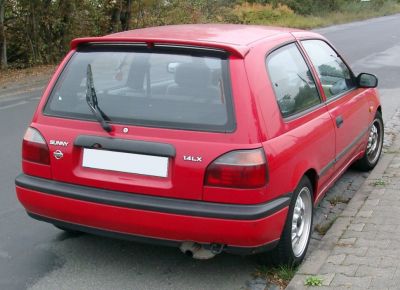
| Production: | 1990-1995 |
|---|---|
| Model Year: | 1991 |
| Length: | 3975 mm156.5 in |
| Width: | 1690 mm66.5 in |
| Height: | 1395 mm54.9 in |
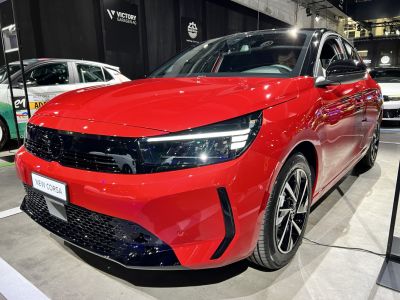
| Production: | 2023-present |
|---|---|
| Model Year: | 2023 |
| Length: | 4061 mm159.9 in |
| Width: | 1960 mm77.2 in |
| Height: | 1435 mm56.5 in |
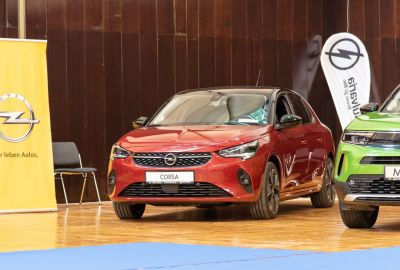
| Production: | 2019-2023 |
|---|---|
| Model Year: | 2020 |
| Length: | 4060 mm159.8 in |
| Width: | 1960 mm77.2 in |
| Height: | 1435 mm56.5 in |
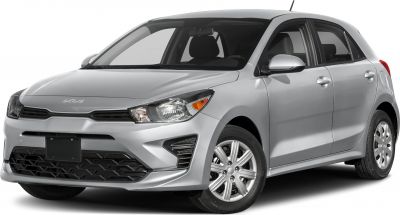
| Production: | 2020-present |
|---|---|
| Model Year: | 2021 |
| Length: | 4064-4070 mm160.0-160.2 in |
| Width: | 1993 mm78.5 in |
| Height: | 1450 mm57.1 in |

| Production: | 2017-2020 |
|---|---|
| Model Year: | 2017 |
| Length: | 4065 mm160.0 in |
| Width: | 1990 mm78.3 in |
| Height: | 1450 mm57.1 in |
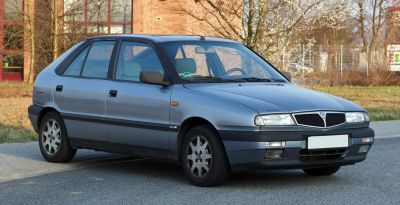
| Production: | 1993-1999 |
|---|---|
| Model Year: | 1993 |
| Length: | 4011-4100 mm157.9-161.4 in |
| Width: | 1703-1760 mm67.0-69.3 in |
| Height: | 1430 mm56.3 in |
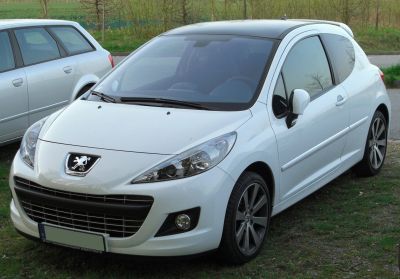
| Production: | 2009-2012 |
|---|---|
| Model Year: | 2009 |
| Length: | 4045 mm159.3 in |
| Width: | 1972 mm77.6 in |
| Height: | 1472 mm58.0 in |
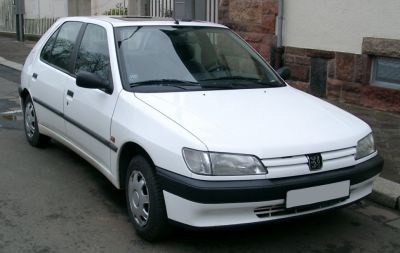
| Production: | 1993-1997 |
|---|---|
| Model Year: | 1993 |
| Length: | 3995 mm157.3 in |
| Width: | 1695 mm66.7 in |
| Height: | 1365-1380 mm53.7-54.3 in |
